Parsnip Seed
$2.58
The Parsnip Plant is an evergreen perennial root vegetable related to parsley and carrot; all are part of the Apiaceae family. It’s a biennial tree typically grown as a perennial; its leaves, which are oval in shape, have yellowish to light green skin and dark green flesh, which turn brown after maturity. When the roots begin to dry up, it turns green and starts to wilt.
As with other perennials, these Parsnip Plants are hardy. They grow best in moist, rocky soil that doesn’t require much fertilizer or care once established. Because they’re such hardy plants, they don’t fare well in drought conditions and should be irrigated frequently. To protect against disease, keep them away from Parsnip Plants with fibrous leaves, such as cabbage and lettuce, because the leaves harbor bacteria.
Although Parsnip Plants are a perennial herb, the plant only stays dormant during the cold months of the year. In the spring, it begins to grow. It takes several years for a plant to produce blooms. If you want, you can begin harvesting in the fall. During this time, the plant’s leaves turn golden yellow and become tender.
Out of stock

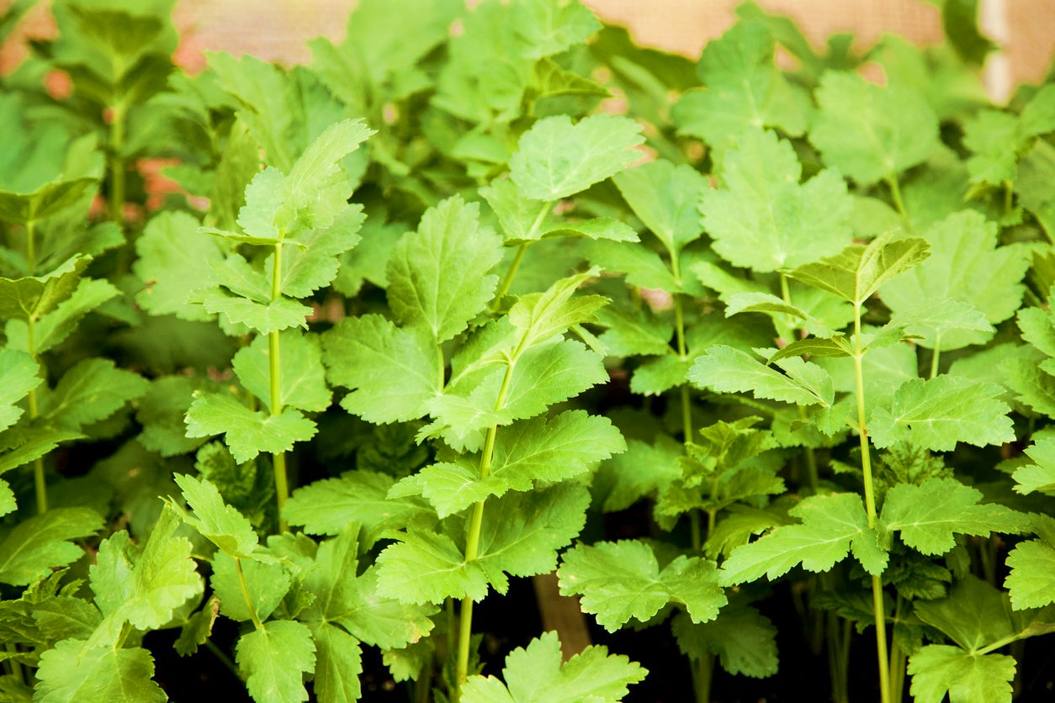

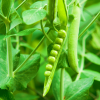
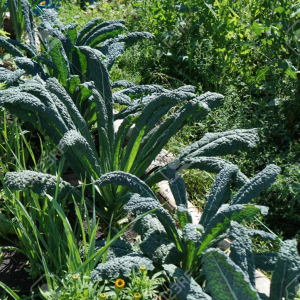
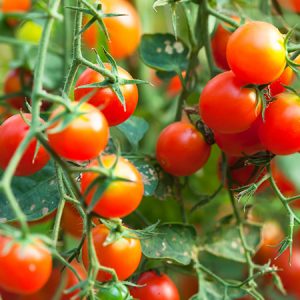
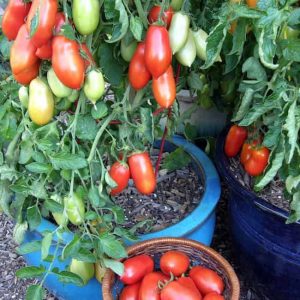
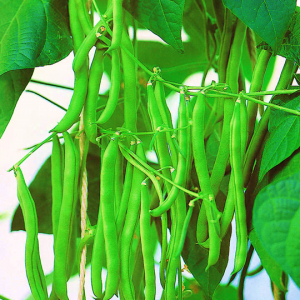
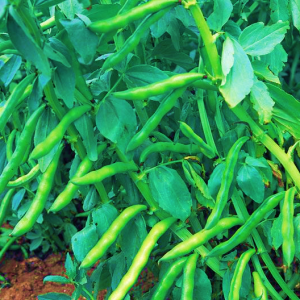
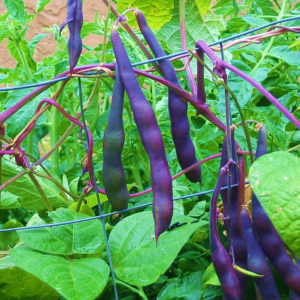
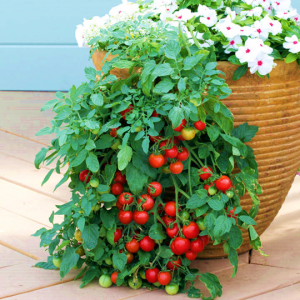
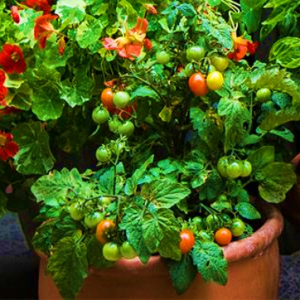
Reviews
There are no reviews yet.